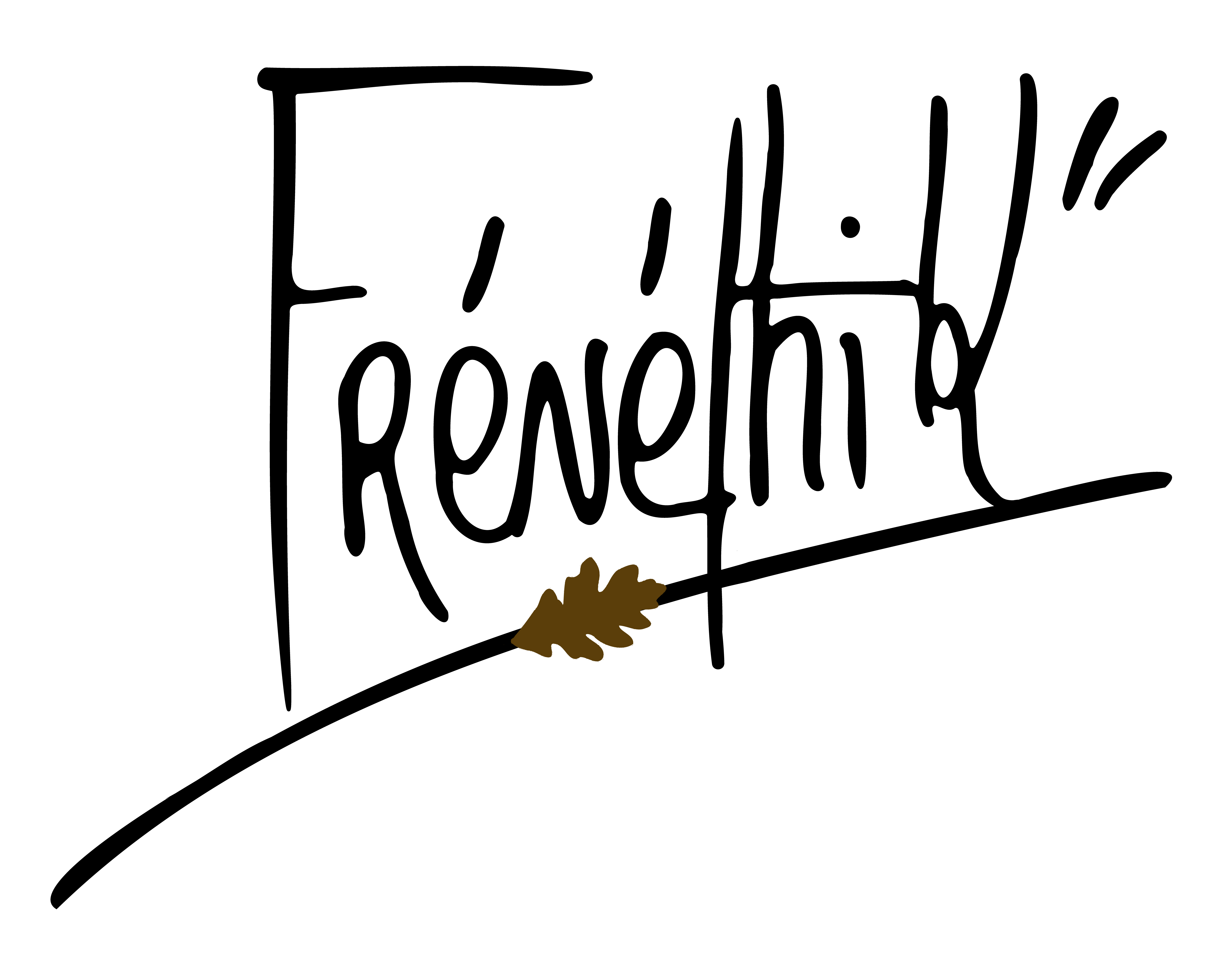Le Lin
D’une beauté éphémère, le lin est une plante zéro déchets
De sa racine aux graines, rien n’est perdu.
Ephémère car ses jolies fleurs bleus qui nous ravissent en juin ne fleurissent qu’une journée…
Semée entre mars et avril, elle est récoltée en juillet.
La plante de lin n’est pas coupée, elle est arrachée.
En effet, sa précieuse fibre est aussi présente dans ses racines.
Le liniculteur récolte ses graines, qui serviront soit à la récolte prochaine soit à être transformées (huile de lin par exemple).
S’ensuit la phase de rouissage du lin.
Il s’agit d’une étape cruciale, dont la qualité du lin dépendra de la météo.
Cultivé principalement du Calvados à la Belgique, pour que le rouissage soit optimum, il faut une alternance équilibrée entre la chaleur et l’humidité.
Guidé par son savoir-faire, le liniculteur retourne plusieurs fois les pailles de lin, afin d’en obtenir la meilleure fibre possible.
Lorsque que le rouissage est bien avancé, le liniculteur pratique le teillage afin de vérifier la qualité de sa fibre.
Le teillage est une action consistant à séparer les différents composants de la tige.
Si la fibre est de bonne qualité, il faudra rapidement enrouler les fibres.
Ensuite ces dernières subiront le teillage, puis le peignage, le filage et puis le tissage.
